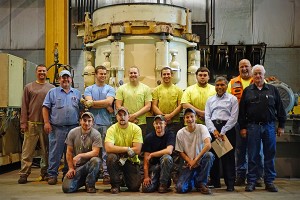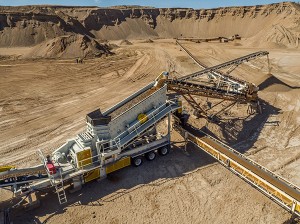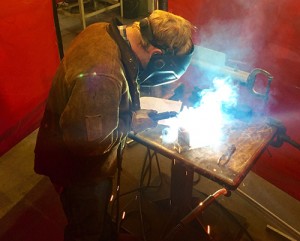Author
MINExpo 2016: Around Las Vegas: Lionel Richie
Among the options around Las Vegas for MINExpo attendees is a Lionel Richie concert Sept. 28 at The AXIS at Planet Hollywood. Keep Reading
MINExpo 2016: Around Las Vegas: The Australian Bee Gees
Take a trip back to the 1970s by taking in the Australian Bee Gees, a tribute to the legendary Bee Gees, at the Thunder Showroom at the Excalibur Hotel and Casino. Keep Reading
Eagle Materials to acquire Cemex cement plant
The company has agreed to purchase a cement plant in Ohio, as well as other assets. Keep Reading
MSHA safety alert focused on water hazards
The Mine Safety & Health Administration (MSHA) issued a hazard alert and best practices for miners who work near water. Keep Reading
Mellott program training tomorrow’s technicians
A shortage of qualified technical personnel in the aggregate industry prompted the company to develop a remedy to the state of affairs. Keep Reading
Blast at Hanson Aggregates’ Ardmore Quarry
Watch a blast at the Hanson Aggregates' Ardmore Quarry, which produces about 3 million tons per year. Keep Reading
Plant simulation software to optimize operations
Haver & Boecker launched NIAflow plant simulation software to help producers improve quarry and mine operations. Keep Reading
EIW names sales manager
The company added Tim Denehy, who previously served Astec as vice president of international sales. Keep Reading
Upcoming welding, heating conference in Houston
The third annual Welding and Heating Technology Conference will take place Houston this month. Keep Reading














